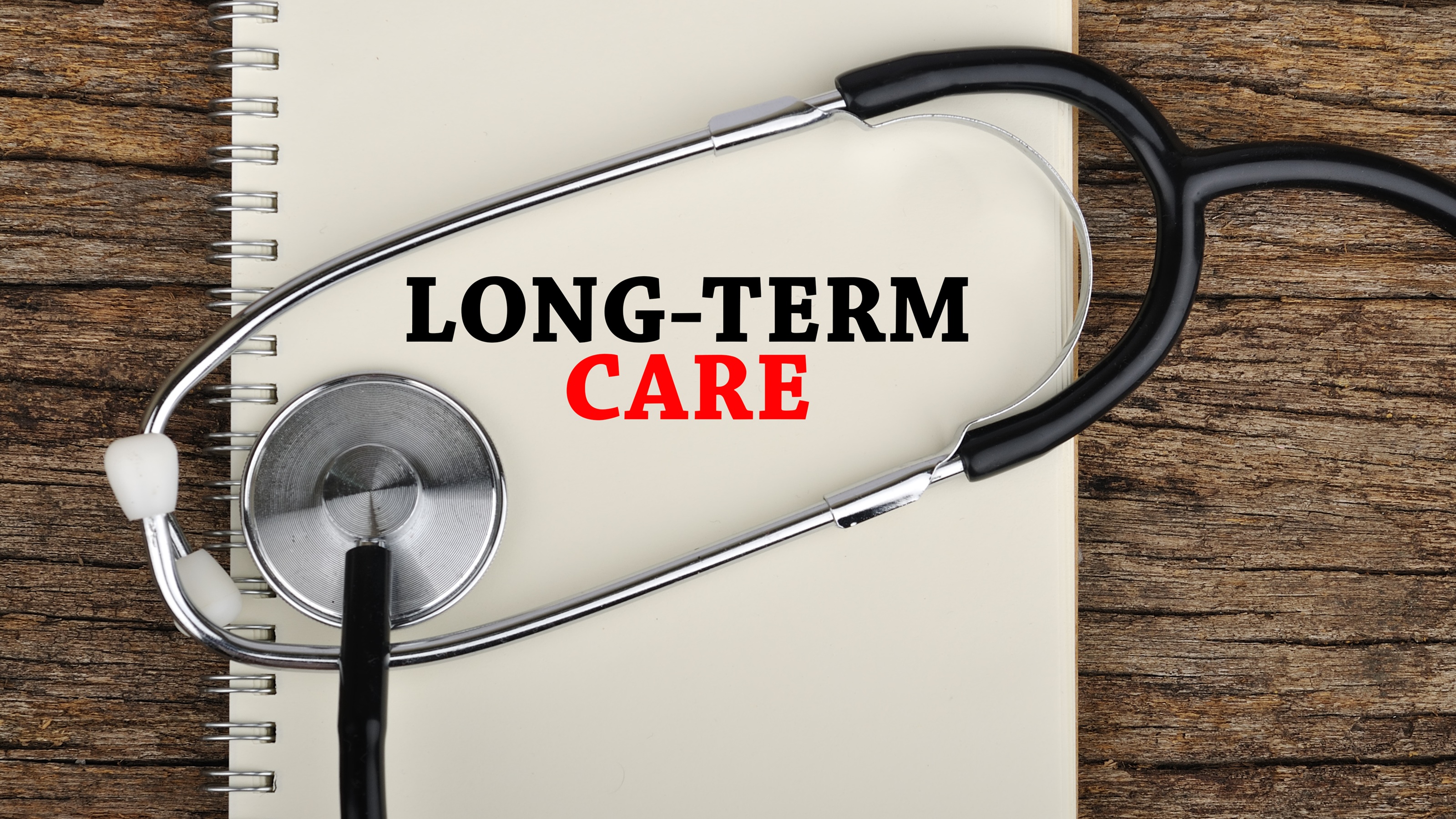How Old Is Too Old to Benefit from a Roth IRA?
If you are still working and earning an income, it might never be too late to take advantage of the tax benefits that Roths offer.


A recent pension reform proposal made it through the House, and a similar bill is working its way through the Senate. A provision in the SECURE Act removes the 70½ age limit cap on traditional IRA contributions. If this provision becomes law, it will give older workers another option for saving on a tax- advantaged basis.
The proposal reminded me that even without a law change, there are other ways to save on a tax-advantaged basis, as only traditional IRAs currently have an age cap. Other options, like Roth IRAs and employer sponsored retirement plans, are available to older workers, regardless of age.
The pension reform proposal makes this a good time to focus on an underutilized and important savings opportunity for older workers, the Roth IRA. Let’s look at the details.

Sign up for Kiplinger’s Free E-Newsletters
Profit and prosper with the best of expert advice on investing, taxes, retirement, personal finance and more - straight to your e-mail.
Profit and prosper with the best of expert advice - straight to your e-mail.
Who can contribute to a Roth IRA?
Roth IRA contributions are allowed without age limit as long as an older individual has earnings from employment and doesn’t exceed the earnings limit. The maximum contribution of $7,000 can be made for a worker over the age of 50 in 2019 ($6,000 plus the $1,000 catch-up contribution) if he or she has earned at least $7,000. For single taxpayers, a full contribution is allowed if modified adjusted gross income is less than $122,000, and the ability to contribute is phased out completely if MAGI exceeds $137,000.
For married couples, the ability to contribute is phased out between $193,000 and $203,000. In addition, the same amount ($7,000) can be contributed for a non-working spouse over age 50 if the couple together has enough income to support the contribution ($14,000 of joint income to contribute $7,000 for each spouse), the couple files a joint tax return, and doesn’t exceed the same earnings limit. This means that a couple, each age 73 with only one spouse working part-time and earning $15,000 for the year, can contribute $7,000 to a Roth IRA for each spouse (total of $14,000).
What are the tax considerations?
Contributions to Roth IRAs are made after-tax. The primary tax benefit is that earnings grow tax-free as long as certain requirements are met upon distribution. For earnings to qualify as tax-free distributions, the individual must have had a Roth IRA for five years and satisfy a trigger event. For most people, that is attaining age 59½. In addition, even if the five-year rule has not been satisfied, withdrawals are first considered a return of contributions, which are not taxed. So, a 71-year-old who makes her first contribution of $7,000 to a Roth IRA can take out up to $7,000 at any time without paying taxes. The earnings on this account will become tax-free after five years.
One other important tax consideration is that Roth IRAs are not subject to the required minimum distribution rules during the life of the participant, so the entire account can be saved until it is needed later in retirement, or if not needed, it is a tax-efficient vehicle to leave to heirs as distributions are tax-free. Note that the rules do limit how long tax-free growth can continue by generally requiring minimum distributions after the owner dies.
Why would an older worker want to make Roth IRA contributions?
Making Roth IRA contributions makes sense for a lot of older full- or part-time workers who are eligible to do so. A simple way at looking at this is that through the Roth IRA the older worker has the opportunity to reposition savings that have been in a taxable environment to a place where earnings will be tax-free. Contributions do not have to be from the employment, an individual just needs to have income to be eligible to contribute. Take that same 73-year-old, married worker earning $15,000 from part-time employment. The $7,000 contribution for both spouses ($14,000) could come from a certificate of deposit (CD) that is coming due or from some other taxable investment. This strategy can be done with little downside risk — as the rules allow tax-free withdrawals of Roth IRA contributions at any time.
Here are other reasons an older worker may want to make Roth IRA contributions.
- The Roth IRA may be a way to contribute more. This would be helpful to an older full-time worker looking to save the maximum amount on a tax-advantaged basis. It’s not uncommon for workers who are in an employer sponsored plan to earn too much to be eligible to make a deductible contribution to a traditional IRA. Singles with modified adjusted gross incomes of $64,000 or less can deduct their full contribution for 2019. Above that, deductions start phasing out, ending at $74,000. Joint filers can have incomes of up to $103,000 for a fully deductible contribution to a traditional IRA, phasing out to a limit of $123,000. Since the earnings limits for Roth contributions are substantially higher, it is available to many more individuals.
- The Roth IRA may be a way to get tax diversification. Many older workers have saved much of their retirement savings on a tax-deferred basis. This puts them in a straitjacket in retirement when additional withdrawals mean more taxable income. Having a source of retirement income that is not taxable gives the retiree much more ability to do tax planning to minimize taxes.
- The Roth IRA can be a tax-smart way to pass on an inheritance. As earnings grow tax-free, any amounts not spent during retirement can be distributed tax-free to heirs. The rules generally allow for stretching out distributions over the life of the beneficiary, so the account can continue to earn a great deal of tax-free growth even after the death of the account owner.
Who should not contribute to a Roth IRA?
The older worker who is behind with retirement savings, has a limited ability to save, and is likely to be in a lower tax bracket in retirement is often better off saving on a tax-deductible basis. This is the type of person who will benefit if Congress passes the law allowing workers older than age 70½ to contribute to a traditional IRA. Older workers today may still have an opportunity to save on a tax-deferred basis if they are working past age 70½ and work for an employer who has a 401(k) plan or if they are self-employed and want to establish a retirement plan for their business.
Conclusion
Even without the SECURE Act, there are several ways for older workers to benefit from tax-advantaged retirement plans. The Roth IRA is one of those underutilized options, especially for older full- and part-time workers who can use Roth contributions to reposition retirement savings into a more efficient tax vehicle.
Older workers should also check out their options under their employer provided retirement plans, and self-employed individuals should consider options for establishing a retirement plan for their business. It’s also important to recognize that there are other effective ways to improve retirement security (like working longer, deferring Social Security or reducing retirement expenses) that are also key to retirement security.
Profit and prosper with the best of Kiplinger's advice on investing, taxes, retirement, personal finance and much more. Delivered daily. Enter your email in the box and click Sign Me Up.

Dave Littell is the co-creator of the Retirement Income Certified Professional® (RICP®) program and a Professor of Taxation at The American College of Financial Services. He focuses on retirement income process, strategies and solutions to increase retirement security for consumers, business owners and their advisers through digestible retirement education.
-
 The Delightful Way to Protect Your Cognitive Health
The Delightful Way to Protect Your Cognitive HealthYou know the drill — protect your cognitive health by eating well, exercising and socializing. But this newfound way to boost brain health is pure pleasure.
-
 Five Mistakes to Avoid in Your First Year of Retirement
Five Mistakes to Avoid in Your First Year of RetirementRetirement brings the freedom to choose how to spend your money and time. But choices made in the initial rush of excitement could create problems in future.
-
 Five Mistakes to Avoid in Your First Year of Retirement
Five Mistakes to Avoid in Your First Year of RetirementRetirement brings the freedom to choose how to spend your money and time. But choices made in the initial rush of excitement could create problems in future.
-
 I'm an Investing Expert: This Is How You Can Invest Like Warren Buffett
I'm an Investing Expert: This Is How You Can Invest Like Warren BuffettBuffett just invested $15 billion in oil and gas, and you can leverage the same strategy in your IRA to potentially generate 8% to 12% quarterly cash flow while taking advantage of tax benefits that are unavailable in any other investment class.
-
 How Much Income Can You Get From an Annuity? An Annuities Expert Gets Specific
How Much Income Can You Get From an Annuity? An Annuities Expert Gets SpecificHere's a detailed look at income annuities and the factors that determine your payout now and in the future.
-
 Your Paycheck Stops in Retirement, But Your Life Doesn't: An Expert Guide to Planning for a Confident Future
Your Paycheck Stops in Retirement, But Your Life Doesn't: An Expert Guide to Planning for a Confident FutureSocial Security will replace only about 40% of your salary, on average. A solid financial plan will help you plug the gap so you can rest easy in retirement.
-
 Are You Jeopardizing Your Future to Help Your Adult Kids? An Expert Guide for How to Not Do That
Are You Jeopardizing Your Future to Help Your Adult Kids? An Expert Guide for How to Not Do ThatIf your adult child needs financial help, of course you want to provide it, but crafting a plan that also protects your financial and emotional well-being is vital.
-
 I'm a Financial Planner: Here Are Some Long-Term Care Insurance Tips for Every Age
I'm a Financial Planner: Here Are Some Long-Term Care Insurance Tips for Every AgeStrategies include adding riders to life insurance for younger individuals and considering hybrid or traditional long-term care policies for those in their mid-50s and 60s.
-
 Engineering Reliable Retirement Income in 2025: An Expert Guide
Engineering Reliable Retirement Income in 2025: An Expert GuideFor dependable income, consider using a bucket strategy and annuities in tandem to promote structure, flexibility and peace of mind.
-
 Crazy Markets Shouldn't Derail Your Retirement if You Follow This Financial Pro's Plan
Crazy Markets Shouldn't Derail Your Retirement if You Follow This Financial Pro's PlanBeing nervous about retiring in a volatile market is a red flag that you're relying too heavily on your investment portfolio, rather than a comprehensive plan.